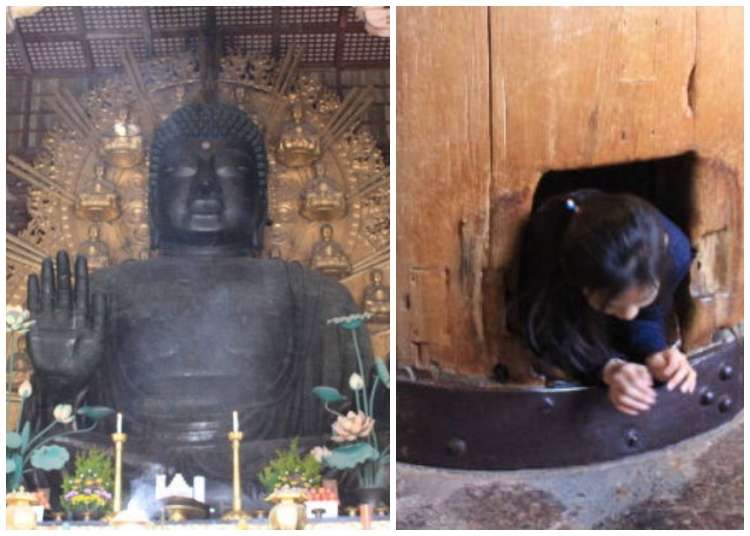
Todai-ji Temple is a temple complex in Nara known for being the home to the Great Buddha. It is one of the largest sightseeing spots in all of the Kansai region and full of so many highlights that some would argue there's no point in going to Nara if you miss visiting the temple.
Take your time touring of not only the temple's grand edifices, such as the Great South Gate and the Great Buddha Hall, but also the many halls and the museum, to enjoy all that Todai-ji Temple has to offer.
- Table of Contents
-
- What Kind of Place is Nara's Todai-ji Temple?
- Kongo Rikishi Statues Guard Todai-ji's Great South Gate
- The Daibutsuden: One of the Largest Wooden Structures in the World
- Meet the Great Buddha of Nara: Japan's Largest Buddha Statue
- Don't Miss the Shitennoji Statues in the Kaidan-in!
- Nigatsu-do Hall: Famous for Its Water-Drawing Ceremony
- Take a Matcha Break in the Ryuudo-do
- Hokke-do Hall: Filled with a Plethora of Statues
- Todai-ji Museum: Five Exhibition Rooms Worth Checking Out!
- Original Temple Goods Are Also in High Demand
- Popular Todaiji Temple Souvenirs
- Todaiji Temple Goshuin: Don't Forget to Get a Temple Seal Stamp!
- Book an unforgettable experience in Nara!
What Kind of Place is Nara's Todai-ji Temple?
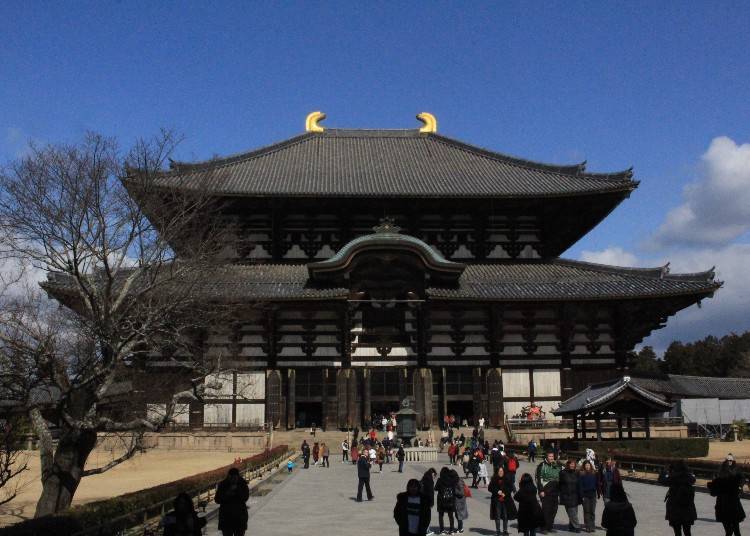
Todai-ji Temple is also known by the alternative name "Konkomyo-shitenno-gokoku-no-tera."
In the Nara period, Emperor Shomu built the Daibutsu-sama - giant Buddha statue - (also called Rushanabutsu) as a prayer for good fortune in all things, as based on Buddhist teachings. In the year 752, a grand ceremony was held to consecrate and "open the eyes" of the statue.
This led to the preparation of a giant Buddhist temple, which came to be called "Todai-ji" (東大寺) based on the kanji characters representing the fact that it was a large temple built in eastern Heiji-kyo (then the capital of Japan).
It is a prominent large temple among all of Japan, as well as the main temple of the Kegon sect of Buddhism. It is also well known for the water-drawing ceremony held in the Nigatsu-do Hall, which marks the beginning of spring in Nara.
Kongo Rikishi Statues Guard Todai-ji's Great South Gate
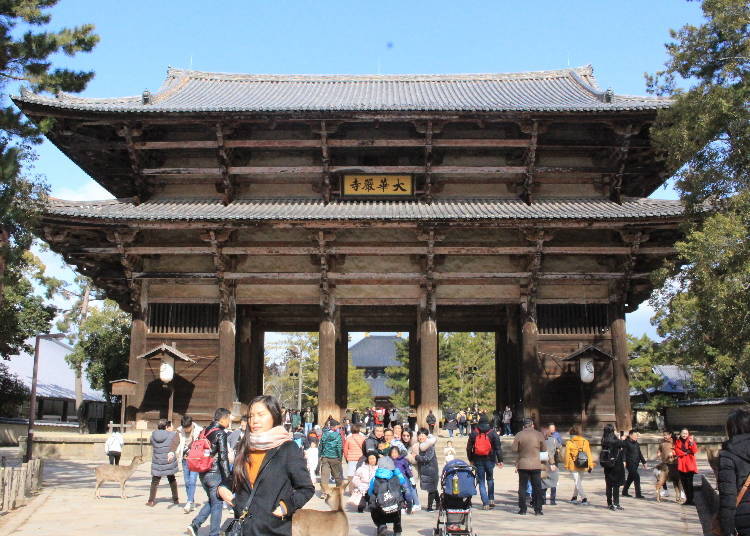
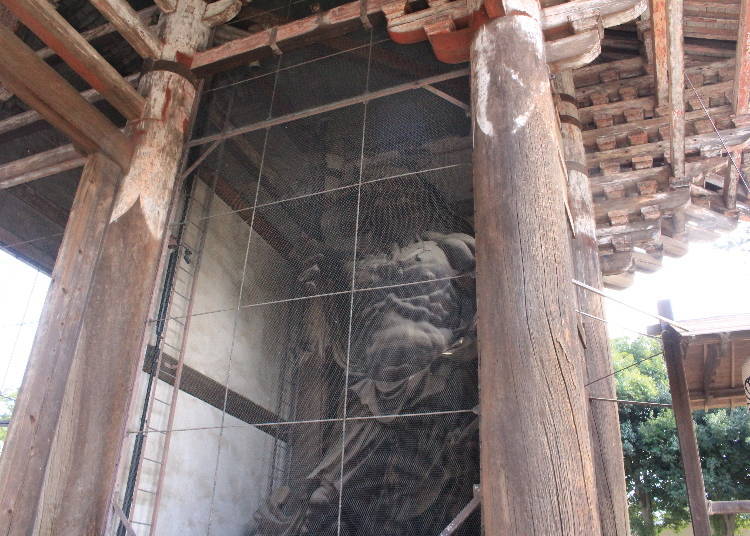
As you continue along the path leading into Todai-ji Temple, you will pass through the national treasure-designated Nandai-mon, or Great South Gate.
Todai-ji's main gate is 25 meters in height, and its must-see features are the "Kongo Rikishi statues" created by Buddhist statue sculptors Unkei and Kaikei.
The muscled figures are impressive and imposing. Normally, the two Nio guardian gods of a temple face the main gate and consist of Agyo, facing and opening his mouth to the right, and Ungyo facing to the left with his mouth closed.
But the statues of Todai-ji's Great South Gate are situated in a rare style, instead of facing each other, with the left and right statues reversed from the typical pattern.
This magnificent gate was reconstructed in the Kamakura era under the direction of Chogen Shonin himself, the Buddhist monk who restored Todai-ji Temple after it was destroyed in a fire.
The gate utilizes a method of construction wherein thick, straight pillars are transfixed by horizontal crossbeams (or nuki), unique for the way it is two-layered from the outside while open and hollow from the inside. Be sure to take a look upward while you pass through the gate.
The Daibutsuden: One of the Largest Wooden Structures in the World
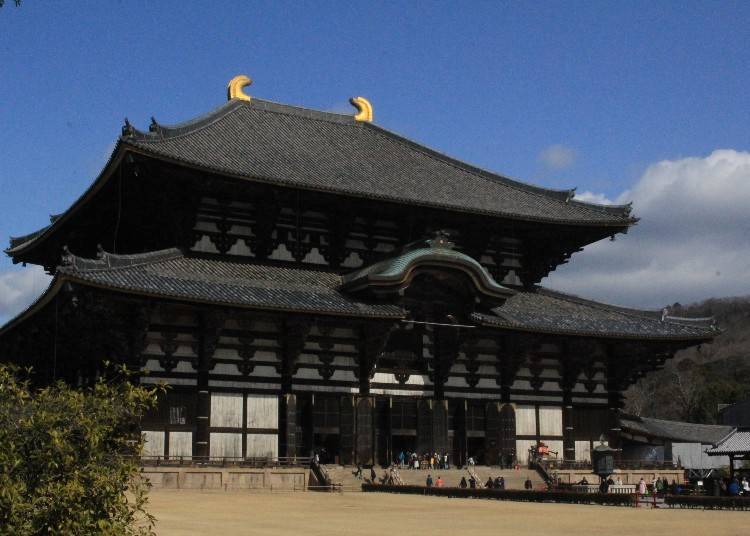
Todai-ji Temple's main hall, the Daibutsuden ("Great Buddha Hall"), boasts an incredible scale of size, stretching approximately 57 meters wide, 50 meters deep, and 48 meters tall, making it famous for being among the largest wooden buildings in the world.
The current structure is the third reconstruction, rebuilt in the Edo period. In present day it is still one of the world's largest wooden buildings, but it was in fact even larger at the time of original construction.
The best angle from which to photograph the hall is slightly left of the main gate, from the hallway you can enter after paying the admission fee.
The octagonal gilt-bronze stone lantern in front of the Daibutsuden, a national treasure, is a precious relic from the time of the building's original construction.
Meet the Great Buddha of Nara: Japan's Largest Buddha Statue
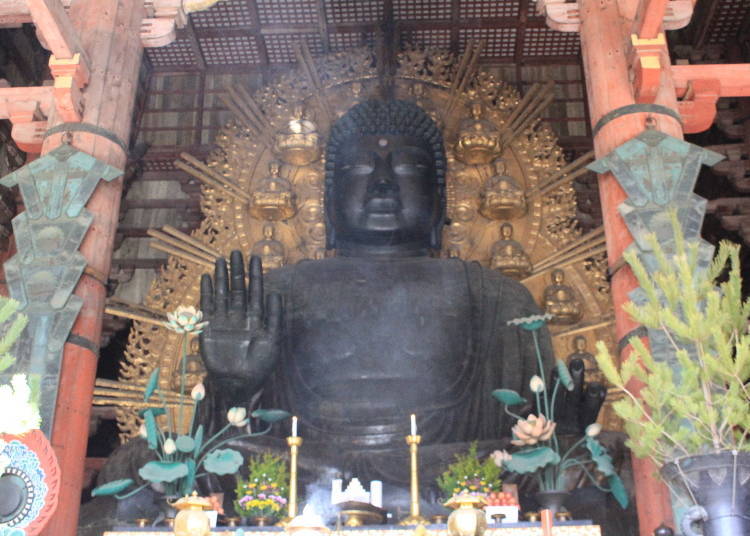
At last, we enter the Great Buddha Hall. As soon as you go inside you fill find the Nara's Daibutsu-sama Great Buddha seated imposingly before you.
The Buddha's official name is "Rushanabutsu" (meaning a Buddha to illuminate the world) and is considered to be the founder of the sutra of the Kegon Buddism sect. The statue is an incredible 15 meters high, with a 5-meter long face. It is reported that half of all citizens at the time of construction assisted with erecting the statue.
It has been restored several times, but some original Nara era pieces remain, such as the flower petals and stomach section. You can approach and pray to the Daibutsu-sama from either the front, left, or right sides.
Try Passing Through the Hole in the Pillar!

In the pillar to the back right of the Great Buddha Halls's giant Buddha statue is a hole that is said to be the same size as the statue's nostril. It is believed that those who can pass through the hole will be granted good health and protection from bad luck.
It is a popular activity for children on school field trips and international tourists, and there is always a crowd around the pillar hoping to capture a photo or movie of someone passing through the hole. The hole is about 37 by 30 centimeters wide and 110 centimeters deep, and more rectangular than round or elliptical.
Also in Nara's Great Buddha Hall, you can find models of the temple and purchasable omamori good luck charms, a Todai-ji goshuin seal stamp, and more.
Don't Miss the Shitennoji Statues in the Kaidan-in!
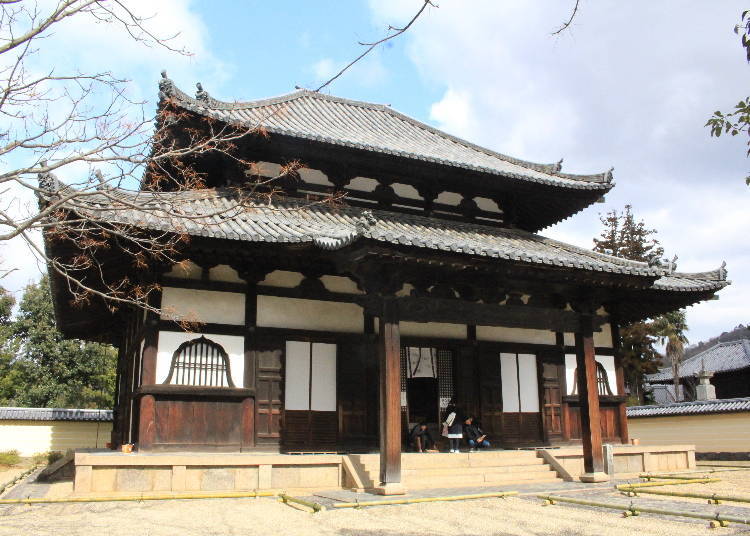
Exit the Great Buddha Hall and travel west along the temple path to the "Kaidan-in".
Inside this hall, built by Chinese monk Ganjin Wajo, are Shitennoji statues from the Nara period, one in each of the hall's corners. Each represents one of the Four Heavenly Kings in Buddhism.
The four statues - Jikokuten guarding the east, Zochoten the south, Komokuten the west, and Tamonten protecting the north - are considered to be great masterpieces.
Each of the statues can be seen standing on top of a demon and looking off into the distance. The minute details, like their rich expressions, musculature, and folds in the cloth of their clothing, are very difficult to create with wood. The most popular of the four is reputedly the handsome Komokuten.
Nigatsu-do Hall: Famous for Its Water-Drawing Ceremony
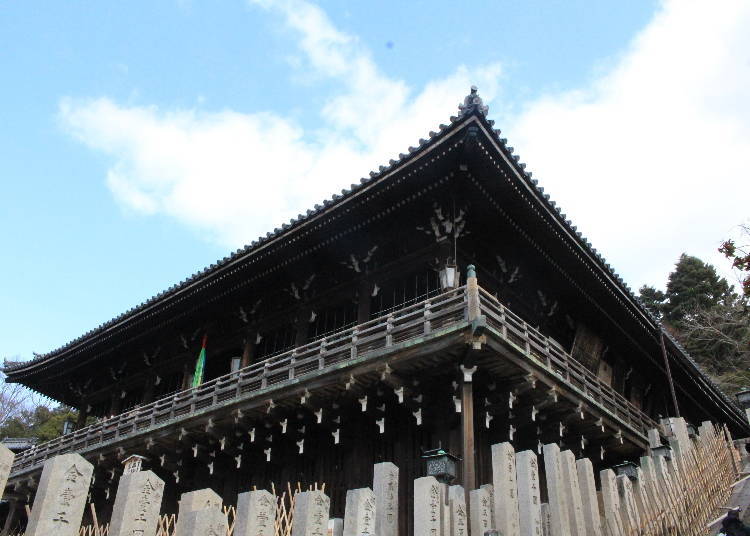
We travel from the Kaidan-do next to the rear temple road behind the Great Buddha Hall.
Here you can follow the cobblestone path, and the atmosphere is incredible. Let's try entering the national treasure Nigatsu-do Hall. The hall and stage stand elevated in the east back of the temple premises from which you can enjoy an unparalleled view of the entire Nara Basin, particularly recommended to see in the evening.
The hall is called Nigatsu-do because of the Buddhist water-gathering ritual performed in the second month, or "nigatsu" of the old calendar (present-day March 1-14th).
Every night torches are lit around the hall to illuminate the monks' nightly walk, creating sparks of fire that dance over visitors' heads. Before the flames go up, an announcement explaining the water gathering ritual is broadcast in English and Chinese as well.
Take a Matcha Break in the Ryuudo-do
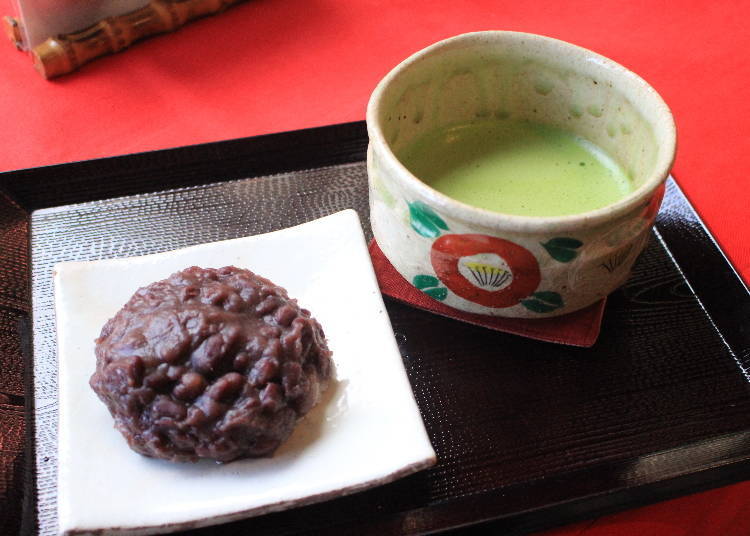
"Ryuudo-do" is a tea shop to the south of Nigatsu-do Hall. The shop is famous for Todai-ji's secret recipe Gyoho miso, which you can't buy anywhere else, and its original sweets. The shop's featured item, the warabi-mochi, is exquisite.
Made right in the tea shop, you can order the warabi-mochi chilled in the summer and warm in the winter. The mochi's soft, springy texture and the lightly sweet kinako soybean powder and special kuromitsu brown sugar syrup are all divine.
Popular among international tourists are the ohagi and matcha, which are, of course, also all hand-made in the shop. The red bean paste, made from Hokkaido-grown azuki beans, is delicious and filling.
Take Home Some Secret-Recipe Miso as a Souvenir!

Highly recommended as a souvenir is the "O-mizutori Gyoho Miso", a snackable miso paste made from an ancient Todai-ji Temple secret recipe. It is made using ingredients like gobo root, soybeans, and sesame that are used often by secluded monks and said increase their spiritual power.
The secret manufacturing method is taught only in this shop and the miso not sold anywhere else, making it a genuinely rare and exclusive item.
The strong-flavored miso goes well with warm rice, cucumber, tofu, denraku, or by itself as a snack with a drink of sake, so the multi-purpose gift will make an excellent souvenir. (90g/650 yen, 180g/1300 yen, all tax included)
-
Ryuudo-do龍美堂
- Address Todai-ji Nigatsu-do Southern Tea House, 1-406 Zoshi-cho, Nara City, Nara
- Phone Number 0742-23-6285
Business Hours: 9:00 AM - 5:00 PM
Scheduled Closings: irregular
Hokke-do Hall: Filled with a Plethora of Statues

After descending from Nigatsu-do, continue on to Hokke-do Hall (alternatively named Sangatsu-do).
This area was the central area of the temple before the construction of Nara's giant Buddha, and Hokke-do Hall is Todai-ji's oldest surviving building from the Nara period, rumored to even be a relic remaining from Todai-ji Temple's predecessor, Konshu-ji Temple.
The principal deity enshrined here, a Fukuukensaku Kannon, is the savior of all people. The statue has 8 arms, wears a silver crown encrusted with hundreds of gems, and holds a rope.
In addition, there are also 10 more national treasures and important cultural assets, including and Kongo Rikishi and Shitennoji statues. The 3-4 meter tall collection of 10 statues is truly overwhelming. This is a must-see part of the temple complex.
Todai-ji Museum: Five Exhibition Rooms Worth Checking Out!

The Todaiji Museum is located within the Todai-ji Temple Cultural Center on the temple premises. There are five main exhibition rooms, each on a different theme and set up for easy viewing.
The theme of Room 1 is Todai-ji at its original time of establishment, and Room 2 is full of interesting objects, including a statue of the young Buddha, a designated important cultural artifact statue of Senju Kannon Bosatsu, a Bosatsu Hanka statue, and more Buddhist statues, crafts, artwork.
It can also be beneficial to visit the museum before visiting each of the temple halls, as the museum will help you get to know the history and significance behind Todai-ji Temple.
In the museum information center, you can find pamphlets of not only Todai-ji Temple but also other tourist spots in Nara City and Nara Prefecture, available in three languages.
Original Temple Goods Are Also in High Demand
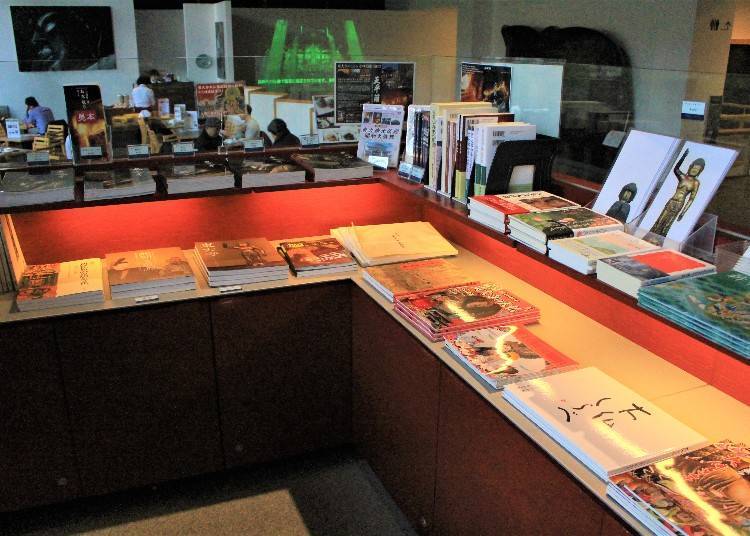
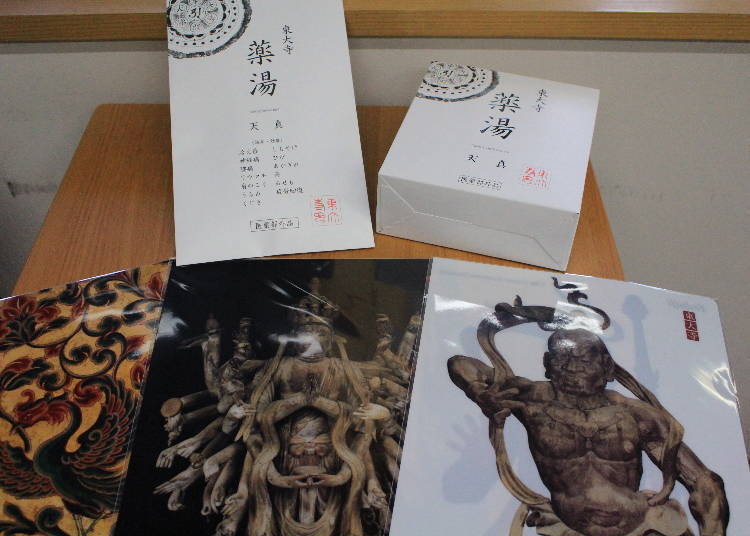
Popular Todaiji Temple Souvenirs
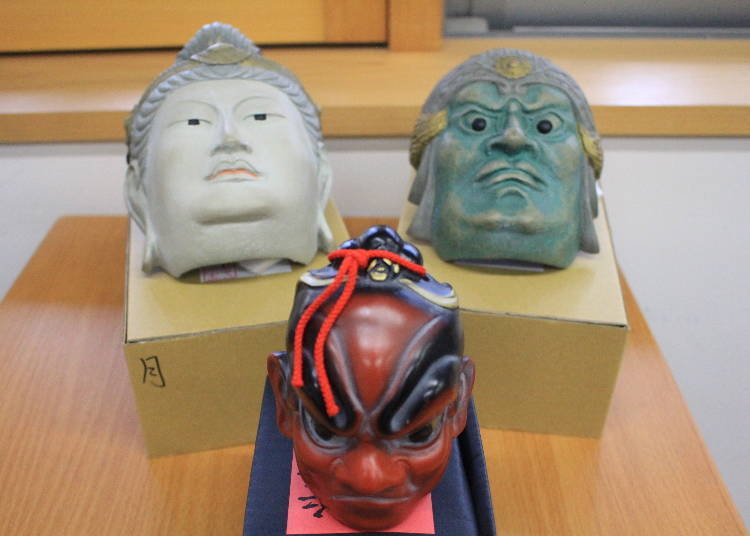
Let us now introduce popular souvenirs among the museum shop's exclusive products. First up are the temple guidebook and other books. The official guide is available in Japanese, English, Chinese, Korean, French, and German.
The picture books and others are also popular items. Next, take a look at the temple's original file sleeves. There are 14 varieties of designs, depicting the Daibutsu-sama as well as the Kongo Rikishi statues, Nikko and Gekko Bosatsu statues, and other Buddhist figures and Shoso-in images.
The third souvenir that gets many repeat buyers is the Todai-ji Temple original bath salts. Finally, the ceramic bells of the Nio guardians faces and the masks are also sought-after products. The Jikokuten and Gekko Bosatsu masks are especially popular among international tourists.
Todaiji Temple Goshuin: Don't Forget to Get a Temple Seal Stamp!

At Todai-ji Temple, you can receive goshuin stamps at not only the Great Buddha Hall but also the other various halls. At the Great Buddha Hall, since the temple is of the Kegon sect, in the middle of the stamp is a "kegon" flower symbol and the Sanskrit characters for Buddha.
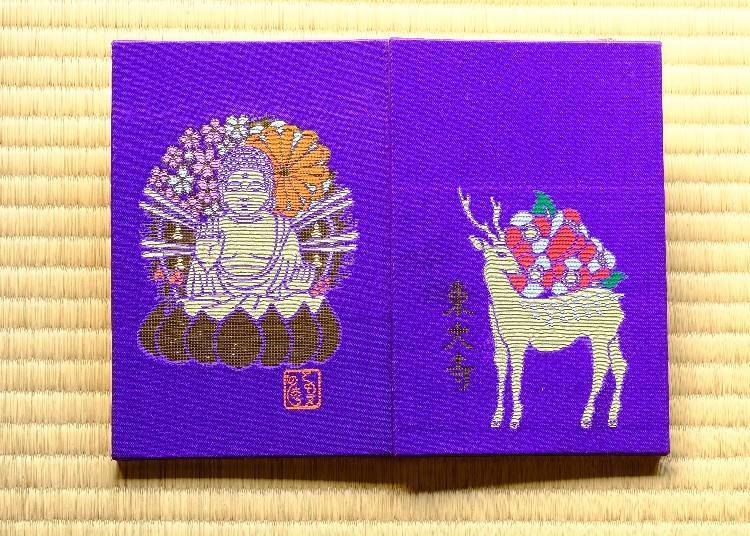
In all, there are 18 different kinds of stamps throughout Todai-ji Temple, including those depicting Kaidan-do Hall's four deities and Nigatsu-do Hall's 11-faced Kannon. The original stamp book picturing a chrysanthemum seal and the matching stamp bookcase are also beautiful.
Pictured in the photograph is the Todai-ji Temple original temple seal stamp book, with cover design by singer and artist Tomoe Shinohara. Variations of the noble purple booklet, with illustrations of the Daibutsu-sama, Nara deer, and camellia flowers, are available for sale at the Great Buddha Hall and other locations.
-
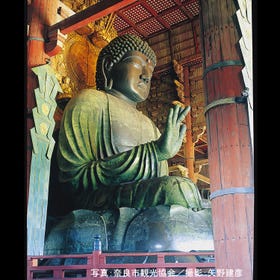
-
Address
406-1, Zoshicho, Nara-shi, Nara, 630-8587
View Map -
Nearest Station
Kintetsunara Station (Kintetsu-nara Line)
20 minutes on foot
- Phone Number 0742-22-5511
-
Address
406-1, Zoshicho, Nara-shi, Nara, 630-8587
Text by:WEST PLAN
Main image: DMstudio House / Shutterstock.com
Book an unforgettable experience in Nara!
Make your trip extra memorable by booking one of these recommended experiences on our partner site, Rakuten Travel Experiences!
- Area
- Category
*Prices and options mentioned are subject to change.
*Unless stated otherwise, all prices include tax.
Limited time offer: 10% discount coupons available now!
Recommended places for you
-
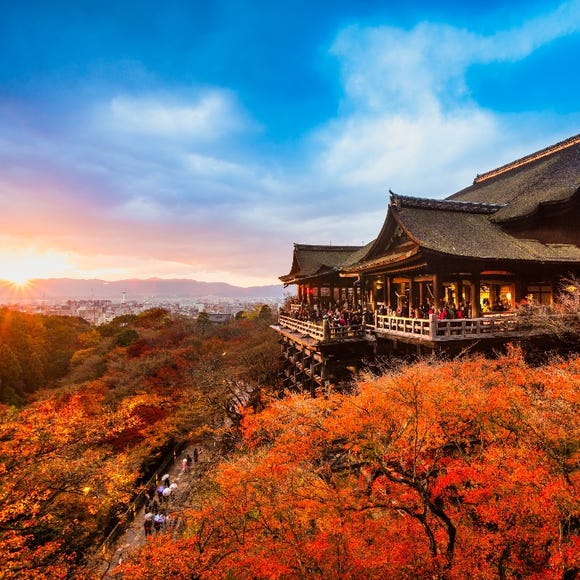
Kiyomizu-dera Temple
Temples
Gion, Kawaramachi, Kiyomizu-dera Temple
-
Goods

Yoshida Gennojo-Roho Kyoto Buddhist Altars
Gift Shops
Nijo Castle, Kyoto Imperial Palace
-

Jukuseiniku-to Namamottsuarera Nikubaru Italian Nikutaria Sannomiya
Izakaya
Kobe, Sannomiya, Kitano
-

Kamesushi Sohonten
Sushi
Umeda, Osaka Station, Kitashinchi
-
Menu
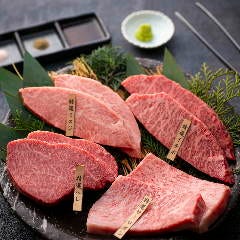
ISHIDAYA Hanare
Yakiniku
Kobe, Sannomiya, Kitano
-
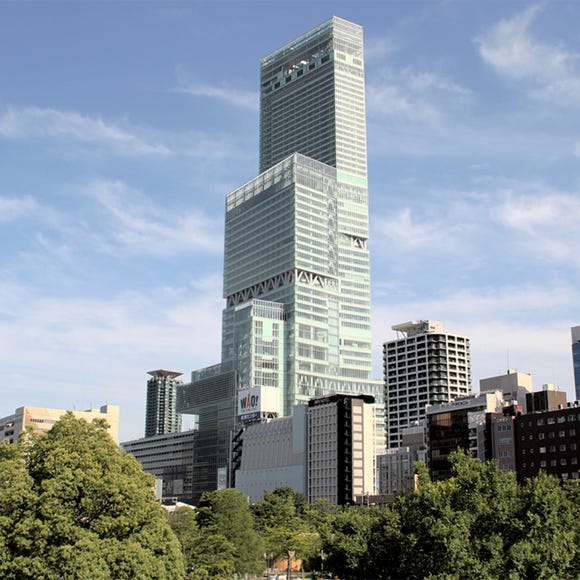
Abeno Harukas
Landmarks
Shinsekai, Tennouji, Tsuruhashi
-
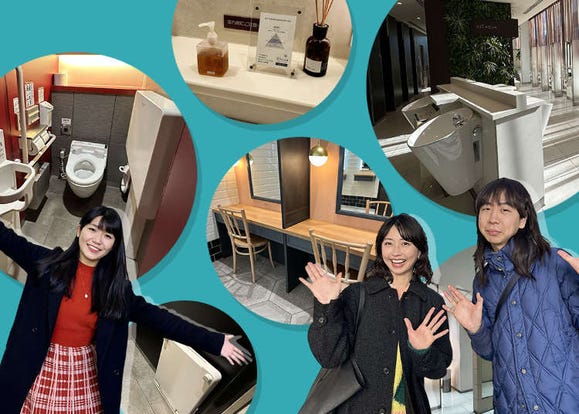
Comfy Toilet Map for Osaka Station: Can You Get Around with a Stroller? Are There Clean Powder Rooms?
-
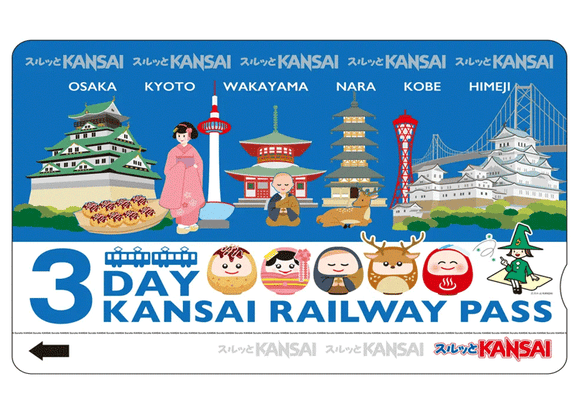
Everything You Need to Know About the Kansai Railway Pass
-
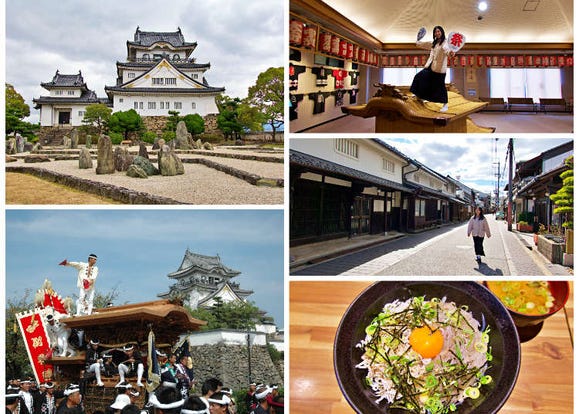
Sightseeing Guide to Kishiwada (Osaka): Danjiri Festival, Kishiwada Castle, and Other Fun Things to Do
-
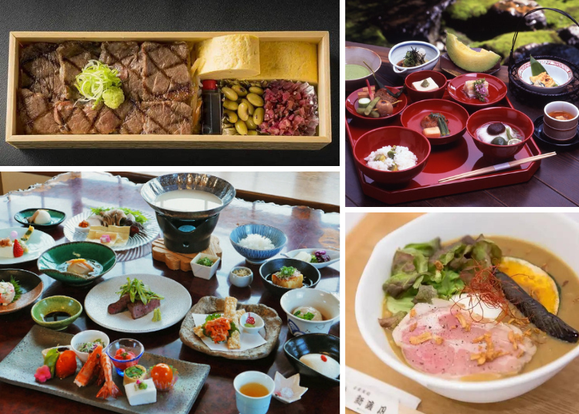
18 Must-Try Restaurants in Arashiyama: Savor Everything from Classic Cuisine to Trendy Cafés with Scenic Backdrops
-
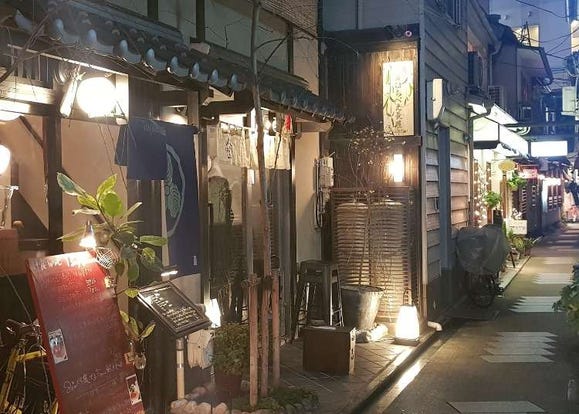
13 Unique & Fun Kyoto Food Tours to Enjoy in 2024
-
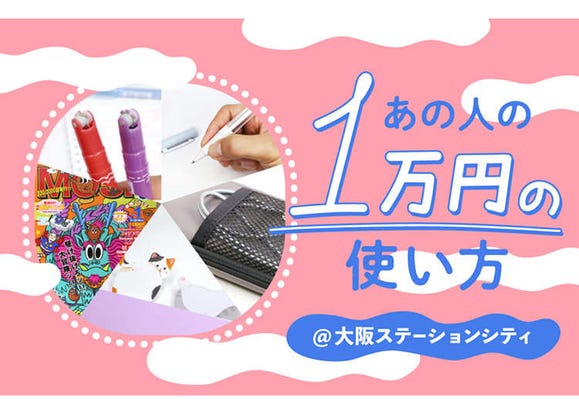
What Items Does a Japanese Stationery Lover Want Most? We Find Out with Taku Kidate!
-
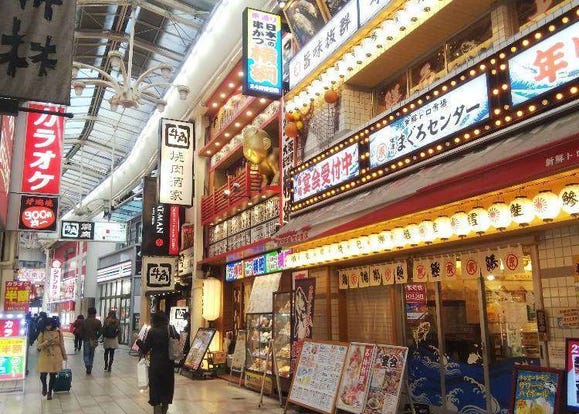
5 Popular Things to do in Umeda - Osaka's Central Area!
-
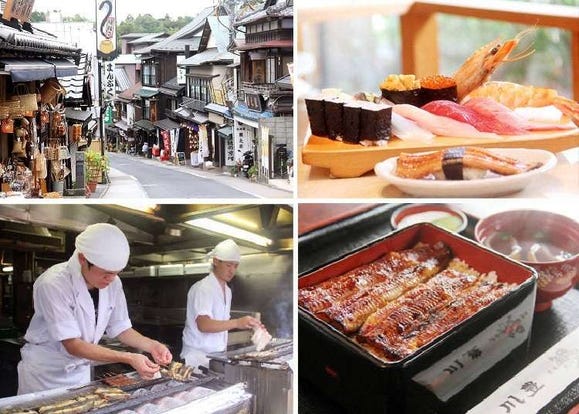
(Video) Walking Tour along Narita Omotesando - Quaint Historical Village near Narita Airport!
-
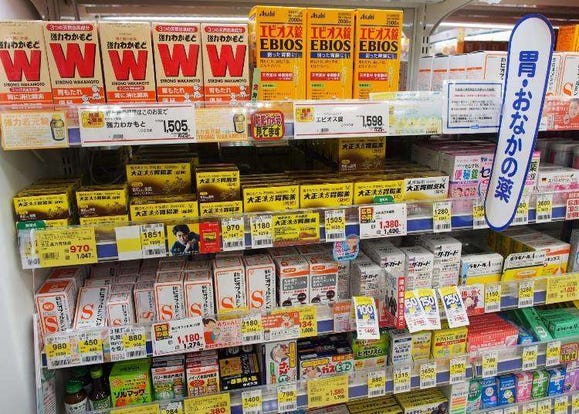
Complete Guide to Buying Japanese Medicine in Japan: Phrases and Vocabulary You Need to Know
-
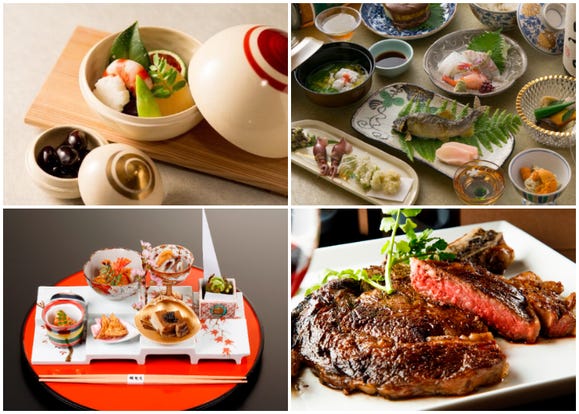
Where to Eat in Kyoto: Best Kyoto Foods to Try & The Tastiest Shops of 2023
-
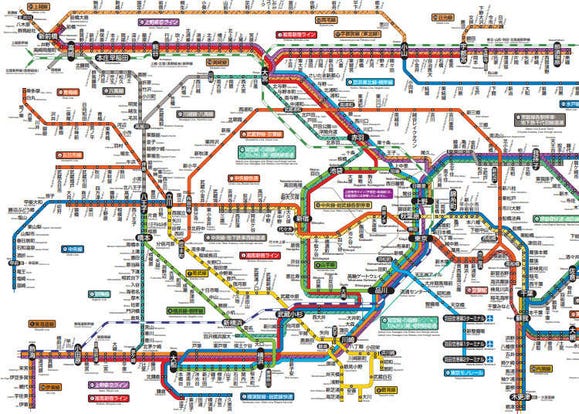
Tokyo Train Map: The Complete Guide to Tokyo Subways & Railways
-
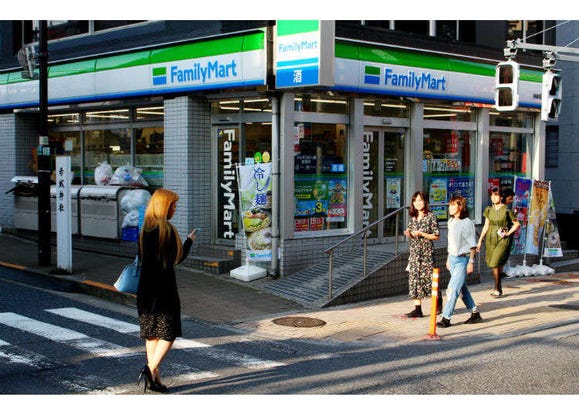
10 Important Japanese Phrases to Know Before You Enter a Japanese Convenience Store!
- #best gourmet Osaka
- #things to do Osaka
- #what to do in kyoto
- #what to bring to japan
- #best gourmet Kyoto
- #new years in Osaka
- #what to buy in nanba
- #Visiting Osaka
- #onsen tattoo friendly arima
- #daiso
- #Visiting Kyoto
- #best japanese soft drinks
- #japanese fashion culture
- #japanese convenience store snacks
- #japanese nail trends













